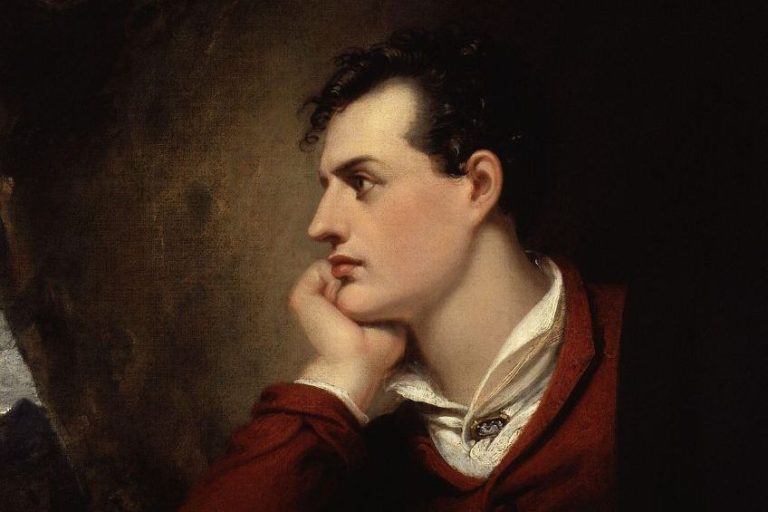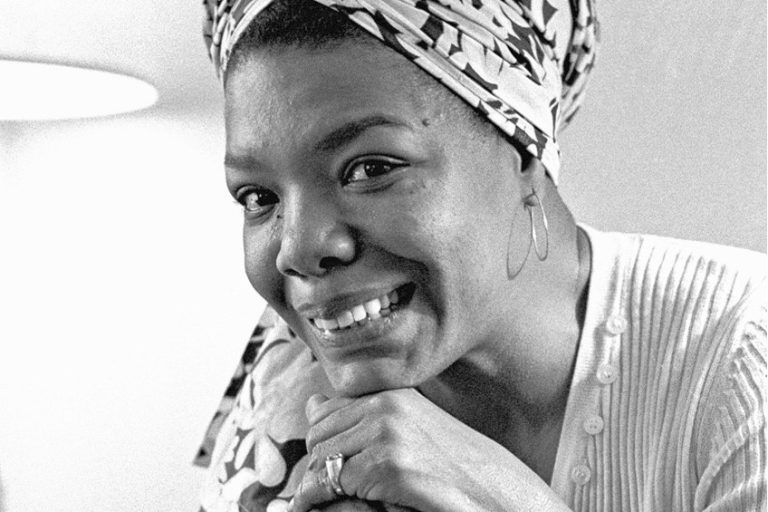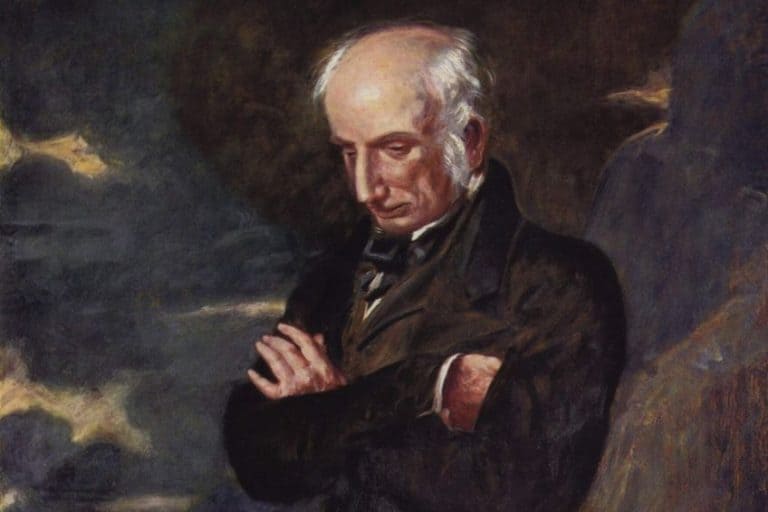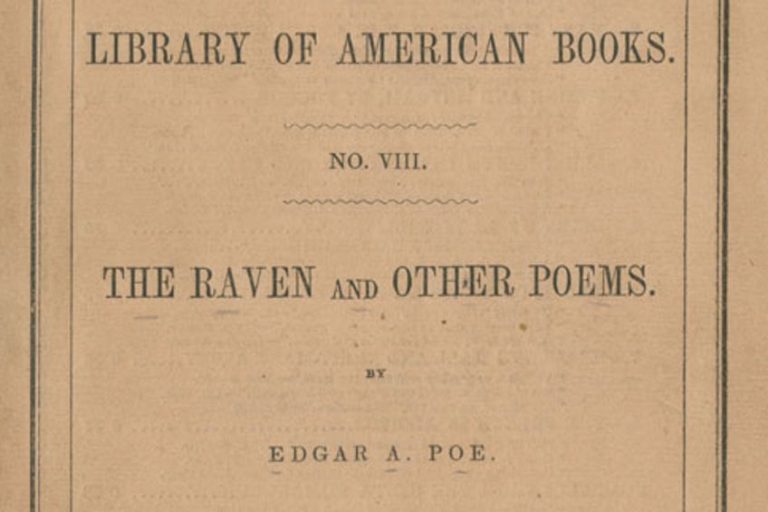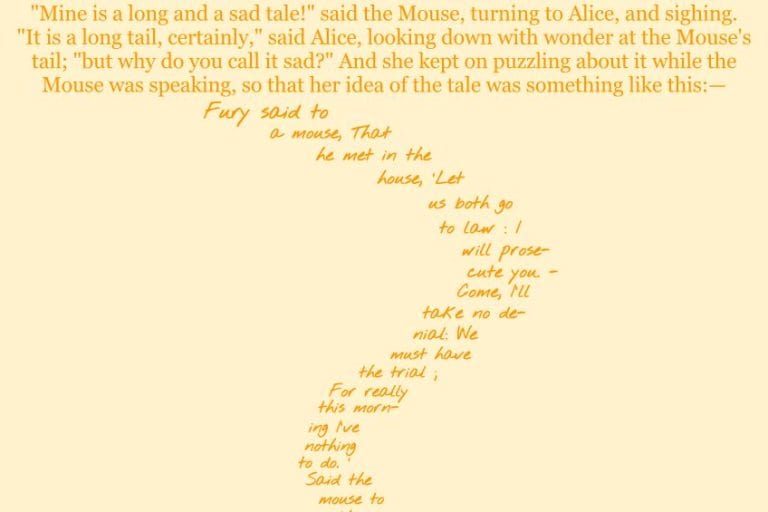Simile in Poetry – Famous Examples of this Poetic Device
When it comes to poetic devices, there are few as pervasive as the simile. But what is a simile in poetry? That is what we will investigate today as we define the term, look at a few uses and characteristics of it, the differences between similes and metaphors, and have a look at a few examples of simile in poetry. If this little introductory segment has managed to pique your interest about the simile in poetry, then you can keep reading!
Table of Contents
A Look at Simile in Poetry
The simile is one of the most common types of poetic devices. It also exists within ordinary language and so it is used all over the place. We often hardly even realize that we are using it. For instance, when we rhyme words, we know we are rhyming. When we make a comparison through the use of simile, we are just making a quick comparison. Our plan is to have a look at the simile in poetry today!

Summary of Simile in Poetry
Comparisons oh comparisons, that is what we shall summarize today. This is a brief look at some of the overarching ideas that will be discussed in more detail throughout the article below:
- The simile is a form of comparison. When it comes to many examples of poetry in general, we often like to compare things to one another, and that is what the simile is. The simile allows us to have a comparison between two things while not needing to maintain that on a larger, metaphorical level.
- The simile requires certain words to be a simile. The thing that most people know about the simile is that it requires one of two words to be used. Those words are “like” or “as”. If a comparison has made use of either of these words to create the comparison, then it is an example of a simile in poetry.
- The simile is distinct from the metaphor. While the metaphor and the simile are both types of comparison, they are quite different from one another. The simile requires the use of those two words from above and so it is a comparison that remains on a grammatical level. On the other hand, a metaphor can be extended.
These few points give a good overview, but they are far from comprehensive. If you want a far more detailed account of similes in poetry, then all you need to do is have a look at the next section and the section after that, and so on. What are you waiting for?
Let’s jump on board and get things underway!
A Definition of Simile in Poetry
When it comes to the simile in poetry, it is a very easy thing to understand. It is also a very basic thing that we are often taught in primary school. The central idea behind a simile, regardless of whether or not it is in a poem or in ordinary communication, is that it is a comparison. It is, more specifically, a comparison between two things, although one could theoretically compare more than two things together.

The way this comparison works is by using one of two specific words. Those words are “like” or “as”. If a statement makes use of either of these words to make a comparison, then it is a simile. However, these words are not exclusive to similes, for instance “I like ice cream” or “as good as it gets” are not comparisons, and yet they use these two words. So, pay attention to that when examining this kind of comparison in a text.
The Uses of Simile in Poetry
There are many reasons why a poet may make use of the simile in poetry. Whenever a comparison of some kind is needed, the simile will always be there to serve as a key technique for that purpose. So, the central use of the simile in poetry is as a means of producing a comparison. However, the purposes of the comparison can vary quite significantly.
For instance, we could make use of a comparison so as to connect two things that would ordinarily not be connected. This could be done to elicit some kind of an emotional response. Imagine a poem that compares something disgusting, like vomit, with something not disgusting, like flowers.
What was the reason for that particular comparison? Was it to make you think of something specific?
This shows that a simile can be used to produce larger connections that could then also be supplemented with metaphors. While similes and metaphors are distinct from one another, and there will be a discussion of how they are distinct later in the article, it should be noted that a simile can operate alongside a metaphor. In fact, a metaphor can often entail the use of multiple similes.
Lastly, similes can be used to create certain images or ideas. If we say that a person is like a tree, we can then play with that image and discuss why or why not this is the case. The simile is quite a versatile device that can be seen in many poems around the world, and simile poetry can often include some of the most profound observations.
Characteristics of Simile in Poetry
When it comes to the characteristics of a device like a simile, we can often note that it is an easy thing to see. It is a comparison, and a rather direct one, and this can allow it to be easily understood by any number of people. A metaphor, on the other hand, may be more easily hidden from us because it lacks the grammatical necessity of the “like” or “as” that is so prominent in the existence of the simile in poetry.

The Differences Between Simile and Metaphor in Poetry
We cannot discuss the simile in poetry without also discussing the metaphor. The reason for this is because many people tend to confuse these two terms with one another. However, if you studied English literature in school, you definitely had a certain idea drummed into your head. It is one of the easiest things that an English teacher can do to force you to remember it, and it is something that I did with my students! It probably irritated them with how many times they were forced to repeat it.
A simile and a metaphor are both instances of comparison. However, the difference is that the former uses “like” or “as” while the latter does not. The metaphor is more direct in its presentation. It states that one thing is another thing. A simile, on the other hand, requires additional language to facilitate it. An instance of this would be: “The sun is life”. This is an instance of a metaphor. We are directly stating that one thing is another thing.
Whereas, if I were to say, “The sun is like a life-giving force”, I have suddenly made it less direct.
For this reason, metaphors can also be extended. So, take a poem like Waiting for the Barbarians by C.P. Cavafy. In this poem, the speaker talks about how a group known as the “barbarians” are meant to arrive soon. And they represent something. They are symbolic of disorder, destruction, and so on. They are an enemy, in the literal sense, but they stand for something in a more metaphorical sense.
This ultimately means that the metaphor is far more flexible than the simile as the extended metaphor can be stretched over an entire story, such as allegorical stories like Animal Farm by George Orwell, where certain animals represent different groups. The simile is confined to language in a much more direct way. It, sadly, needs that “like” or “as” to be a simile at all.
Poems With Similes
To best understand the simile in poetry, it can be best to have a look at an example of simile in poetry. However, we can do a bit better than that and instead have a look at five different examples of simile in poetry! By examining some simile poetry, we should be better able to understand this common poetic device and to provide an answer to the question: “What is a simile in poetry?”. So, let’s do just that and have a look at a few different poems with similes.

I Wandered Lonely as a Cloud (1807) by William Wordsworth
| Date Published | 1807 |
| Type of Poem | Lyric poem |
| Rhyme Scheme | ABABCC |
| Meter | Iambic tetrameter |
| Topic | Nature and memory |
I Wandered Lonely as a Cloud is a poem that includes one of the best-known similes in all of poetry. The very first line of the poem makes use of this simile, and it is one that informs the remainder of the poem. The text, as a whole, is about a man who walks through the natural countryside landscape and sees a field of daffodils. They have a profound impact on him and remain in his memory for years upon years.
This simile that is used is: “I wandered lonely as a cloud”.
This is also the title of the poem, and so you may have already spotted the example of simile in poetry that this text represents. The simile, in this case, sets a certain mood and allows us, as the reader, to understand the way that he walked through the countryside. A cloud does not have a firm purpose to where it goes. It simply moves with the wind. And so, that is what this poem’s speaker did. He wandered without thought until he stumbled upon this particularly beautiful sight.

Autumn (1909) by T.E. Hulme
| Date Published | 1909 |
| Type of Poem | Imagist poetry |
| Rhyme Scheme | ABCDEFG |
| Meter | Iambic tetrameter |
| Topic | Autumn |
Autumn is an Imagist poem, and this means that it is a rather simple poem that presents us with a specific image. It does not want to make use of metaphors or sophisticated poetic devices. It is far more direct than that. This is why it makes use of a simile. The poem simply describes the way that a person walks through the autumn night. It describes, in sparse detail, that it is a little bit cold, the stars are out, and it has a rather pleasant tone to the whole thing.
The simile comes into play when it states that the moon is slowly creeping over a hedge “like a red-faced farmer”.
This is a simple and easy-to-understand comparison between the image of the moon and what it feels like to the speaker. They see it like a farmer who has peeked over the hedge to watch him as he makes his way through the night-time air of that autumn evening.
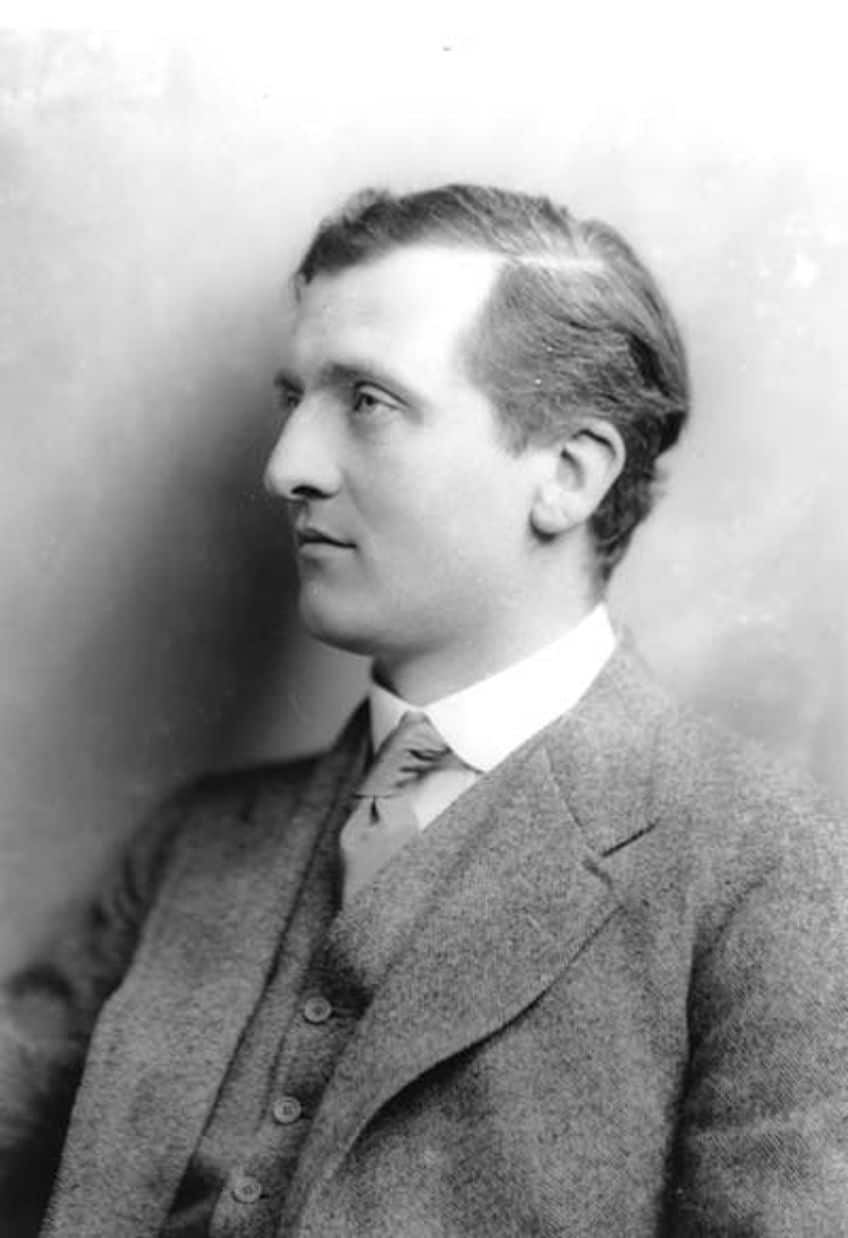
The Love Song of J. Alfred Prufrock (1915) by T.S. Eliot
| Date Published | 1915 |
| Type of Poem | Narrative poem |
| Rhyme Scheme | None |
| Meter | None |
| Topic | Inner monologue |
The Love Song of J. Alfred Prufrock is a poem that opens with one of the most famous examples of simile in poetry. The poem is about the life of a man named J. Alfred Prufrock. This man has struggled with many things throughout his life, and the narrative of the poem shows us some of the difficulties that he has faced as a result of his life in general. It shows his struggles with personal issues, such as sexual frustration. It is not the most pleasant poem to read.
The first three lines of the poem provide us with a statement that includes a famous simile.
He starts by stating that he, and his presumed lover, should go out when the evening has spread its way across the sky “like a patient etherized upon a table”. This is a stark and unsettling image. We have the juxtaposition of a rather beautiful sight, the evening sky. And this has been usurped through the use of a medical simile that feels out of place alongside the sight of the night sky. It is a fantastic way to set the tone of the poem that is to follow.

Harlem (1951) by Langston Hughes
| Date Published | 1951 |
| Type of Poem | Lyric poem |
| Rhyme Scheme | Variable |
| Meter | None |
| Topic | African American experience |
Harlem is one of the best possible texts that you could use as an example of simile in poetry because it uses them multiple times. The poem is oriented around a central question that is then reinforced with many other questions. These questions have to do with a dream of equality, and when that dream has been pushed to the side and not given as it should have been given. In this particular case, the dream of equality is oriented around African American people who, at the time of the poem’s publication, had fewer rights.
The poem’s use of constant similes serves as a means of reinforcing the central question that is a demand for this dream.
The poem uses a number of more disgusting similes. For instance, it asks whether a dream that has been deferred in this way will “fester like a sore” or will it “stink like rotten meat”, and these images are used in rapid succession throughout this relatively short poem. The purpose of these repeated similes is to present us with a more grotesque image that forces us to consider the harsh realities of whether or not this dream being continually deferred is really something that can be justified. The extensive use of simile in this poem makes it a fantastic instance of simile poetry.

Marrysong (1989) by Dennis Scott
| Date Published | 1989 |
| Type of Poem | Loose sonnet |
| Rhyme Scheme | None |
| Meter | None |
| Topic | Relationships |
Marrysong is an absolutely phenomenal poem that serves as a fantastic example of simile in poetry, but only in one brief section. However, before we can have a look at that short section, we first need to discuss the poem in a little detail. This poem by Dennis Scott is about love. In more specific terms, it is about a certain reality in love that many do not acknowledge. This is that people, over time, change. We often hear something along the lines of “he/she changed” and that is why they broke up, but change is natural. We are not the same people throughout our lives, and if you met a sweet guy or girl eight years ago, it’s unlikely that they’re the exact same person they were all those years before.
This is what Marrysong examines. The speaker discusses how the woman he loves has changed. He uses the metaphor of an ever-changing landscape.
She is a being constantly in flux. She does not remain the same as the years roll by, and there are many geographic metaphors. We are not here for metaphors though. There is a single simile in this poem that operates alongside these metaphors, and that is that her love grew “like trees seen from an unexpected hill”. This assists the natural metaphors by adding a solitary simile into the mix. This simply serves to reinforce the geographic and cartographic imagery that has been used throughout the poem.
Similes are around us all the time! They are a fantastic poetic device that allows us to produce a comparison between two or more things. This is useful because a lot of poetry tends to use imagery that entails both metaphors and similes. These two devices are also often confused with one another. That is why we looked at the differences between them, while examining the characteristics, uses, and examples of the simile in poetry throughout this article. Hopefully, this has rendered the article a useful one! If not, many apologies, but at least you now know how much simile poetry is out there that you can check out if you so desire.
Frequently Asked Questions
What Is a Simile in Poetry?
This is a poetic device that can be found inside ordinary communication too. It is a means of producing a comparison between two things. Famously, the way to tell whether something is a simile is if it uses two particular words: like or as. These two terms allow for a comparison that is distinct from a metaphor. Watch out for those two terms, and if they are used, then you’re dealing with a simile.
What Are the Characteristics of Simile in Poetry?
Seeing as the central premise behind a simile is that it allows two things to be compared to one another, this can mean that it allows us to force a connection where one would usually not exist. This can make it good for producing imagery, metaphorical statements, or an emotional impact on the person reading an example of simile in poetry. They are also often used alongside metaphors.
What Are the Uses of Simile in Poetry?
There are many different uses of the simile in poetry. It can be used as a means of producing a comparison, setting up a certain tone, or creating some kind of an image. The simile has been widely used in poetry for many centuries and is one of the most basic poetic devices for this very reason. Many poems either make use of metaphors or similes and often together, for a whole variety of purposes.
What Is the Difference Between Simile and Metaphor in Poetry?
Many people get somewhat confused with the distinction between a simile and a metaphor. This is likely because they are both forms of comparison. However, the difference that can be seen between them is their scope and how they are laid out. A metaphor is more direct because it states that one thing is another thing. Similes, on the other hand, require a more indirect path to that same comparison, and they use like or as to achieve this.
What Are Some of the Most Notable Poems With Similes?
There are far too many poems that make use of similes in this world, so if you are looking for an example of simile in poetry, you will find them everywhere! Some good examples include I Wandered Lonely as a Cloud (1807) by William Wordsworth, The Love Song of J. Alfred Prufrock (1915) by T.S. Eliot, and Harlem (1951) by Langston Hughes. This is, obviously, a very small selection though.
Justin van Huyssteen is a freelance writer, novelist, and academic originally from Cape Town, South Africa. At present, he has a bachelor’s degree in English and literary theory and an honor’s degree in literary theory. He is currently working towards his master’s degree in literary theory with a focus on animal studies, critical theory, and semiotics within literature. As a novelist and freelancer, he often writes under the pen name L.C. Lupus.
Justin’s preferred literary movements include modern and postmodern literature with literary fiction and genre fiction like sci-fi, post-apocalyptic, and horror being of particular interest. His academia extends to his interest in prose and narratology. He enjoys analyzing a variety of mediums through a literary lens, such as graphic novels, film, and video games.
Justin is working for artincontext.org as an author and content writer since 2022. He is responsible for all blog posts about architecture, literature and poetry.
Learn more about Justin van Huyssteen and the Art in Context Team.
Cite this Article
Justin, van Huyssteen, “Simile in Poetry – Famous Examples of this Poetic Device.” Art in Context. January 5, 2024. URL: https://artincontext.org/simile-in-poetry/
van Huyssteen, J. (2024, 5 January). Simile in Poetry – Famous Examples of this Poetic Device. Art in Context. https://artincontext.org/simile-in-poetry/
van Huyssteen, Justin. “Simile in Poetry – Famous Examples of this Poetic Device.” Art in Context, January 5, 2024. https://artincontext.org/simile-in-poetry/.




